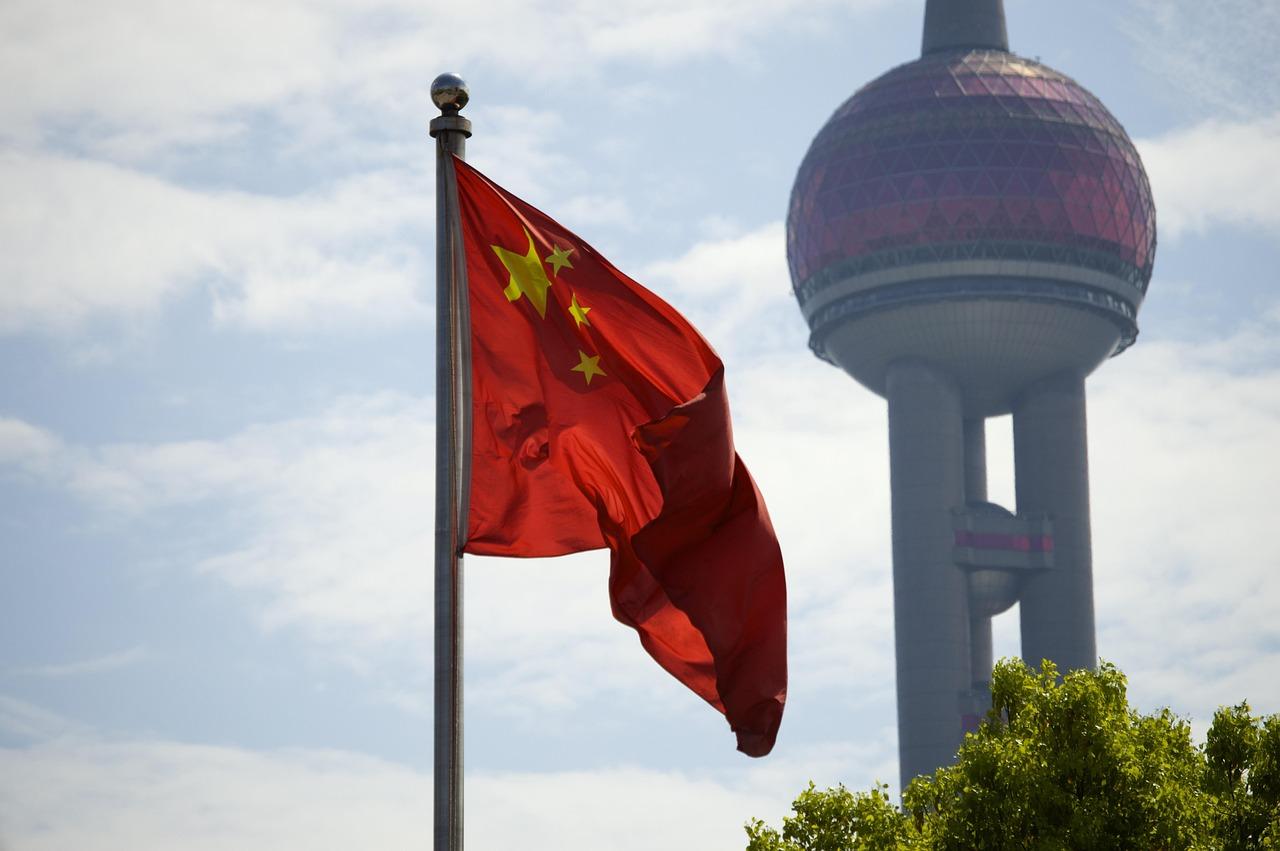
China’s state-run newspaper Global Times, often described as the mouthpiece of the Communist Party of China (CPC), has once again turned its attention toward India. This time, it has weighed in on the ongoing tariff dispute between India and the United States, offering unsolicited advice to New Delhi on how it should handle its foreign policy. The commentary raises a larger question: why is China suddenly so concerned about India’s diplomatic direction, and what political motives lie behind this narrative?
The Global Times published a detailed article criticizing India’s current trajectory in its relations with Washington. It argued that India should adopt a “more balanced” foreign policy instead of leaning too closely toward the US. The paper’s tone was not just advisory but also somewhat patronizing, positioning itself as a guide for India’s strategic decisions.
The article highlighted multiple aspects of India-US tensions. According to the Global Times, India’s decision to continue importing oil from Russia despite US pressure has significantly strained relations with Washington. The report claimed that this was one of the key reasons behind the US move to impose steep tariffs on Indian goods. It said the additional 25% tariff, on top of existing duties, has now pushed the total tariff burden to nearly 50%. Such a move, according to the Chinese outlet, would almost shut down Indian exports to the American market.
The Global Times also linked the issue with India’s role in strategic groupings like BRICS and the Shanghai Cooperation Organisation (SCO), where India’s relations with Russia and China have strengthened. By contrast, the paper argued that India’s growing association with the Quad and its support for the US Indo-Pacific strategy had not yielded significant returns. Taking a sharp dig, it suggested that India abandoned its traditional policy of balancing relations among global powers in favor of siding with Washington, but ended up receiving tariffs in return.
The commentary went further, dragging in India’s upcoming role as the host of the Quad security dialogue. It said the US tariff move had undercut India’s enthusiasm and credibility as a Quad member. It implied that New Delhi’s trust in Washington was misplaced and that India should rethink its strategy before getting deeper into America’s orbit.
Interestingly, the Global Times also defended India’s purchase of Russian crude oil, describing the US accusations of profiteering during the Ukraine conflict as unfair. It accused Washington of putting undue pressure on India, while justifying New Delhi’s sovereign right to buy cheaper energy to safeguard its economy. In doing so, China positioned itself as an indirect supporter of India’s oil policy, though the motivation behind such defense clearly stems from Beijing’s own strategic alignment with Moscow.
The article further suggested that America’s hidden agenda is to prevent India from emerging as a manufacturing powerhouse that could rival China. By re-imposing high tariffs, the US is not only safeguarding its domestic industries but also ensuring India does not become “the next China.” This statement reflects Beijing’s anxiety about losing its strategic edge in Asia if India and the US deepen their partnership.
But why is China giving this advice? The answer lies in Beijing’s long-standing discomfort with the Quad and India-US cooperation in the Indo-Pacific. China fears that closer ties between New Delhi and Washington would dilute its influence in Asia and challenge its regional dominance. By projecting the US as an unreliable partner, Beijing hopes to push India back toward its old policy of non-alignment, or at least to keep India hesitant in fully embracing Washington.
India, however, has made its position clear. Its foreign policy is guided by “India First,” not by pressures from either Washington or Beijing. New Delhi has continued to buy discounted Russian oil despite American objections, while at the same time maintaining its commitments to the Quad and Indo-Pacific initiatives. India has also sought to manage relations with China despite ongoing border tensions. This multi-directional diplomacy underscores India’s attempt to balance diverse interests without compromising its sovereignty.
The reality is that while the tariff dispute may create short-term friction between India and the US, their strategic partnership remains strong in areas like defense, technology, and security. Washington still needs India as a counterweight to China in the Indo-Pacific, and India, in turn, values US investments and technological cooperation. Temporary trade conflicts are unlikely to derail this broader relationship.
Ultimately, the Global Times’ commentary reflects Beijing’s discomfort rather than genuine concern for India. It is a calculated move to sow doubts in New Delhi about Washington’s reliability and to encourage India to step back from its growing partnership with the US. But India has shown resilience and pragmatism in handling such geopolitical pressures, ensuring that its foreign policy remains firmly rooted in national interest.
China’s message is clear: it does not want to see India and the US forging a deeper alliance. India’s message, however, is even clearer—it will pursue a sovereign, multi-aligned foreign policy, no matter what advice comes from Beijing.




